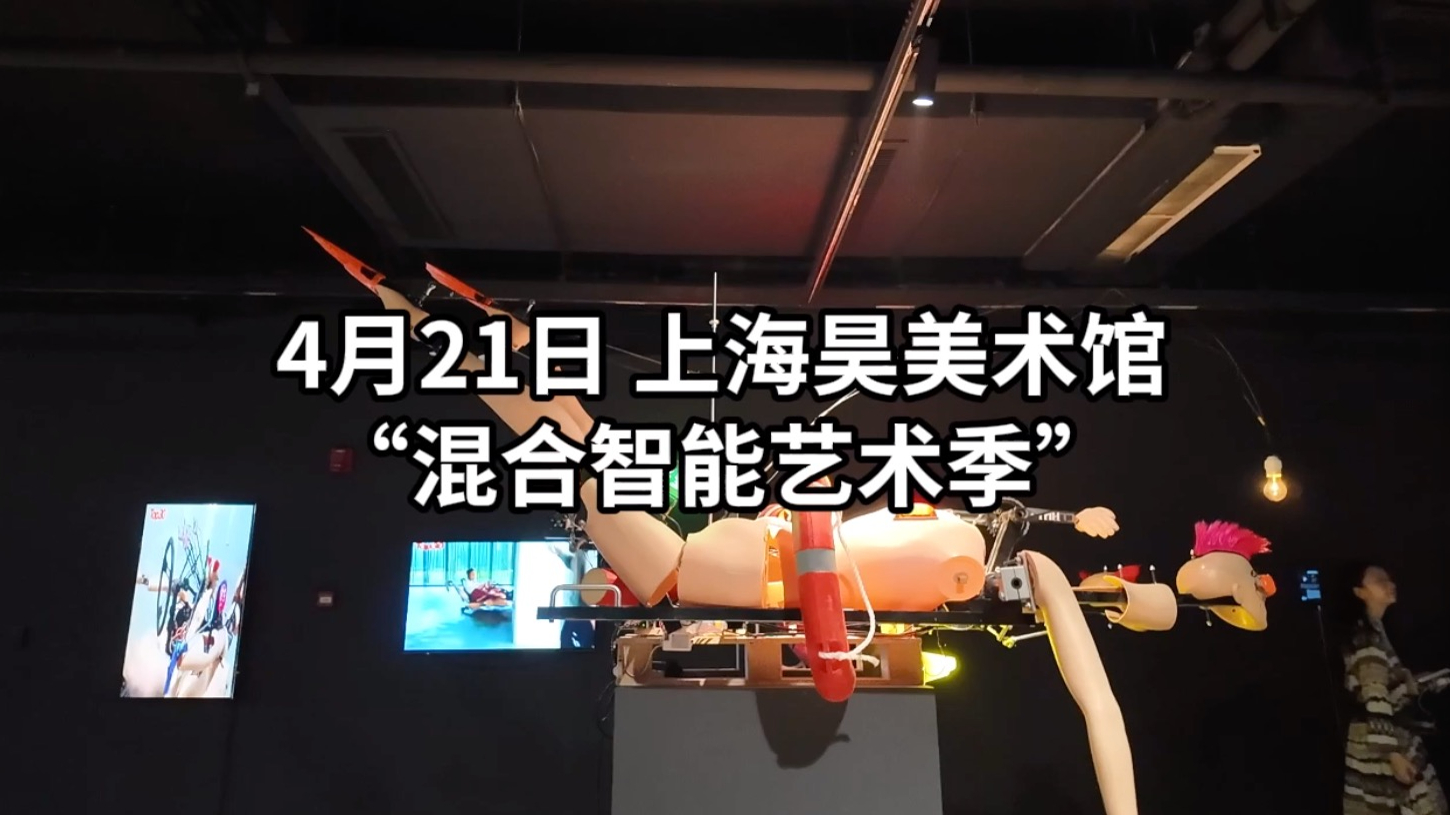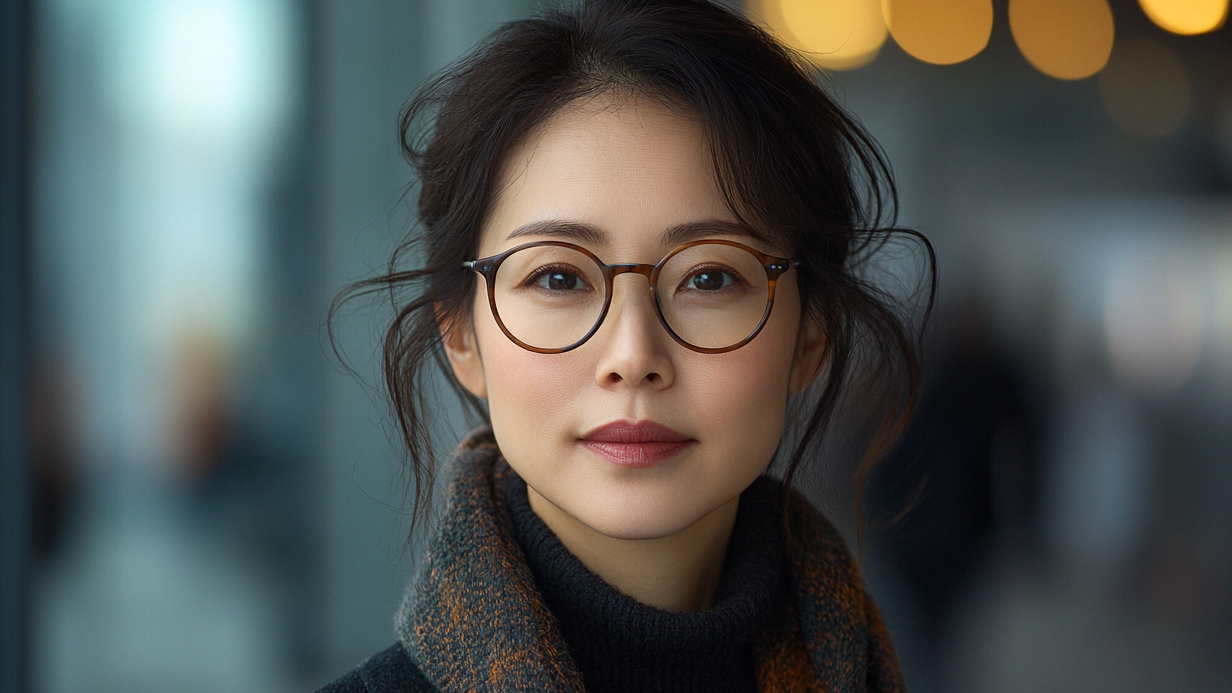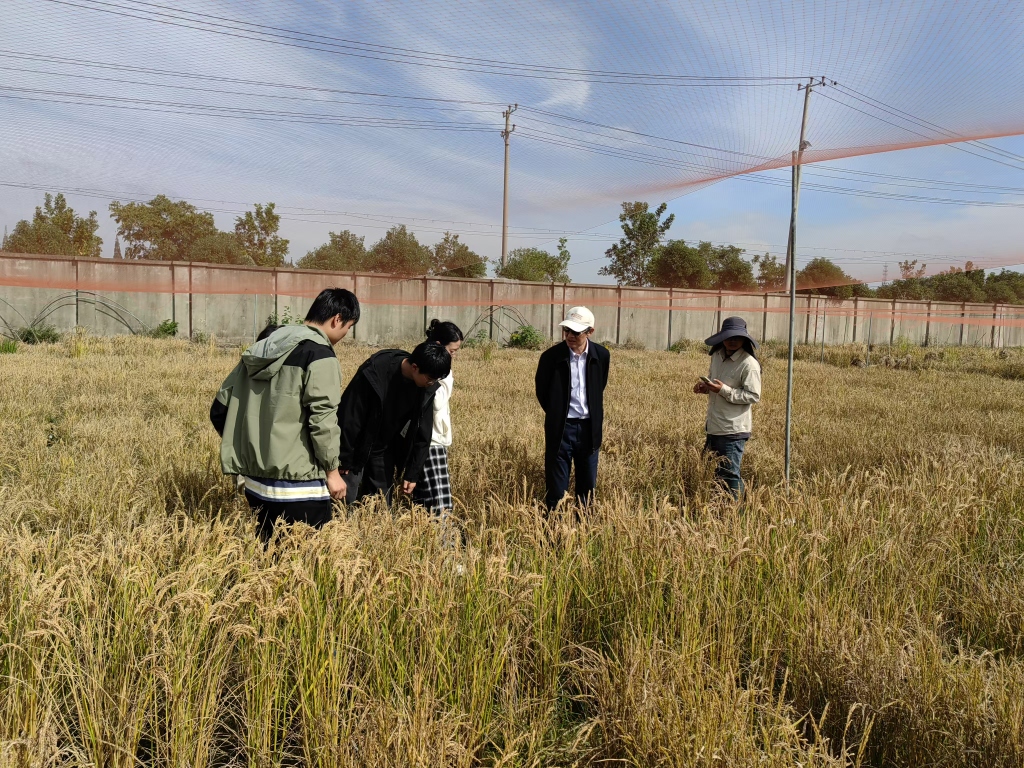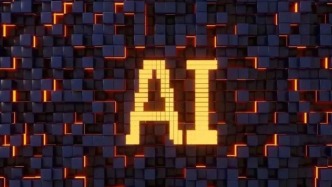
At present, how do artists view artificial intelligence, and how do they use it to create? On April 21, Shanghai Hao Art Museum launched the "Hybrid Intelligent Art Season", with two special exhibitions, "Rear Window Fable" and "Crossing the Body - Robot Art China", to show artists' thinking on artificial intelligence and digital art, as well as creations with humanoid robot art as the research direction.

The exhibition "Rear Window Fable" was jointly created by the HOW Art Museum and a collective curatorial team led by Fei Jun, presenting 25 works by 17 international and domestic artists. This exhibition is a retrospective of the development history of artificial intelligence by artists, showing the artworks generated by artists through creative means such as AI, algorithms, and modeling.

Exhibition View

Exhibition View
Hitchcock's famous 1954 film "Rear Window" allows viewers to enter other people's private spaces as voyeurs, using moving images to build an invisible bridge between what the eyes see and what the heart thinks to explore the truth inside and outside the screen. Fei Jun, professor of art and technology at the School of Design of the Central Academy of Fine Arts and curator, told reporters, "The 'Rear Window' in the title of this exhibition, like Hitchcock's film, enters behind the artificial intelligence technology through a voyeuristic perspective to discover the cultural truth implied by the technology itself. At the same time, we also hope to express how artists respond to the proposition of how artificial intelligence will change life and the future through the artist's allegorical method."
In the exhibition, Wang Zhigang's "Tungel" presents the nomadic world of the electronic wasteland from the perspective of future archaeology. Fei Jun and Liu Zhengkui's "Emotional Theater: Landscape Mood" detects and presents the audience's emotions through artificial intelligence and emotional computing technology.

Fei Jun and Liu Zhengkui's "Emotional Theater: Landscape Mood"

Exhibition view, Claudia Lacher, AI and ART of the Historical Reinterpretation
Joy Holder's Mysterious Creatures is an interdisciplinary project that dialectically examines Western culture's concept of "others" through in-depth research on biological collections; Mark Lee's Evolutionary Speculations, Prototypes 1 imagines a speculative ecosystem 30 years from now, using artificial intelligence and biotechnology to jointly create and optimize species that can adapt to increasingly harsh environments.
Another exhibition, "Media Creation and Ontological Transmigration - Robot Art China", presents 25 works by 19 Chinese artists, all of which are works created by artists who are researching humanoid robot art. Curator Zhang Haitao told reporters, "The exhibition attempts to present the robot's steel body with a more human-like shell, and to perceive the world autonomously from the perspective of the protagonist, rather than through data feeding."

Exhibition View

Exhibition View
Among them, some robots imitate human behaviors and lifestyles. For example, Yu Ke's work "Home" shows a microcosm of a family in the future human-machine integrated society: a robot holding a baby and a robot that can make facial micro-expressions; the same is true for Li Hang's work "Imitation Game" and Lv Liantao's work "Before Being Able to Walk Upright".

01 Group "The Tragedy of the Machine"
"Future Bard" is a robot installation art work that combines a large language model with an expression generation algorithm. The main body of the work is a bionic robot head, whose design is inspired by the image of a classical bard, as if a bard from the future is having a dialogue with the audience around him across time and space; the work "Robot's Sorrow" attempts to use artistic perspectives and techniques to intervene in the discussion of topics such as "original sin"; and "Face Scrubber" simulates the scene of the penitent's atonement, using his hands covered with files to calmly rub the wooden face, filing the wooden face thinner and thinner until it is completely consumed. These works present the expression of the robot's will and faith.
The "Mars and Mars Brothers Driving" series presents the coexistence of human power and machines in a humorous and playful way; while works such as "Hallucination Machine" by Liu Jiayu and Huang Enqi and "Gaze" by Xu Yibo touch on the topic of the human-machine social structure.

Lü Liantao: Before I Can Walk Upright

Liu Jiayu and Huang Enqi, “Hallucination Machine”
The exhibition "Rear Window Parable" will be on display until August 17
The exhibition "Crossing the Body: Robot Art China" will be on display until July 13


